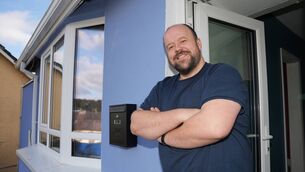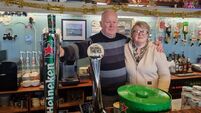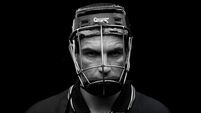Islands of Ireland: Inishbiggle fights back
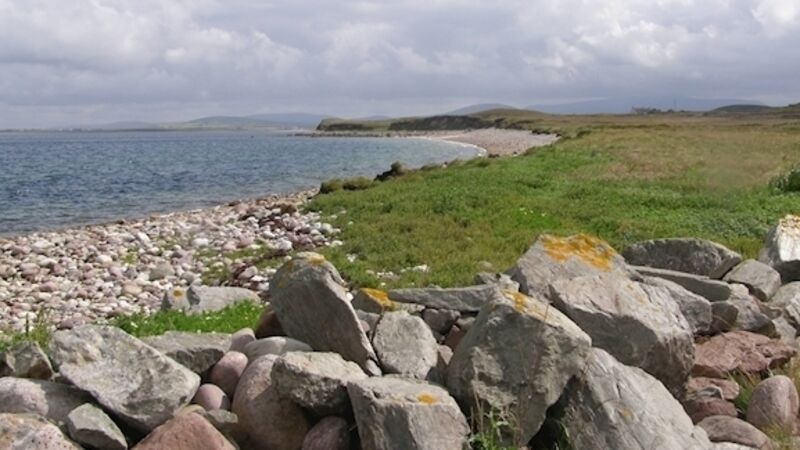
Though Inishbiggle may sound like the inspiration for the schoolboy adventures of Captain WE Johns, namely the Biggles series about a World War II pilot, it is in fact a corruption of the Irish Bigil whose origin is obscure.
The island’s population of around 60 was wiped out during the Famine but recovered to a peak of 162 by 1926. Now just 16 people live there.
However, Michael Leneghan who runs the island-based ferry to Ballycroy pier at Doran’s Point, says there are signs that the island may be turning things around with discussions about reopening the school.
“Down the road, with work in Ireland now there’s a lot of people inclined to come back. It looks more positive now with people moving to the area.
"The school is still shut but there’s a chance it may open again. It might be a few years, but there’s hope there.
"And there are people interested in renovating the houses, so it could be a big plus if that happens,” he says.
This Co Mayo island is located between the imposing mountains of Achill Island, (the glory of Croaghaun) and the sweeping bogs and hills of Ballycroy National Park.
The entire 150km sq area is a designated Dark Sky Park whose skies are emblazoned with thousands of stars when night falls.
Inishbiggle can be counted with those islands to which it is possible to drive at low tide — but be careful, there is only about an hour’s grace.
Huge quantities of sand and mud are swept in by the sea from Blacksod Bay through the Bull’s Mouth to the west and the minute, once-inhabited, Inishagoo to the east, before being deposited leeward and linking the island to Annagh Island at low tide.
Omey Island in Co Galway or Coney Island in Co Sligo are two others where it is also possible to drive to the mainland.
For such a small island, 2.5km by 1.5km, it is amazing to find over a dozen lakes and lakelets spread across its fields and bogs whose names sound like characters from a Walter Scott novel: Nacloghin, Scregga, Conlegget, Gruagagh, Galavill, Aphollaun.
Another curious geographic feature are Inishbiggle’s two comparatively huge bays which penetrate its southern flank.
Inishbiggle once rivalled Dursey Island, Co Cork, to be the rare site of a cable car.
However, Dursey held on to the title as Mayo County Council deemed Inishbiggle unsuitable for this type of infrastructure as it would have been visually obtrusive.
The islanders had complained of being a forgotten people because the extremely dangerous currents often render the island unreachable.
In common with many other islands, electricity was not introduced till very late — in this case 1978.
Its school and post office have long since closed and its church is still used for occasional ceremonies.
Holy Trinity Church started life as a Protestant church but with the dwindling numbers of that faith was rededicated and now has interdenominational status.
Its simple elegance, no nails were used in its construction, with high vaulted arches seems to speak across the generations.
Its organists down the years included: Margaret Brown, Cynthia Blair and Annie Hughes Freer.
The school was revamped about five or six years ago and is in good order, says Michael.
There is a doctor’s surgery there and fortnightly masses and old folk’s parties are also held there.
It has a big enough room to accommodate all the people that are there now.
Everything revolves around it, he says.
The other ferry run by Joe O’Malley from Achill Island carries in the post four days a week as well as doctor for the surgery.
A near-divine walk was devised to show off the splendours of this magical place. The Gubnadoogha Loop Walk covers most of the island — the old school, the church, Bull’s Mouth.
For a day out in Ireland on a walk down old roads half-filled with sand and red-socked choughs skittering about, it doesn’t get much better than Inishbiggle.
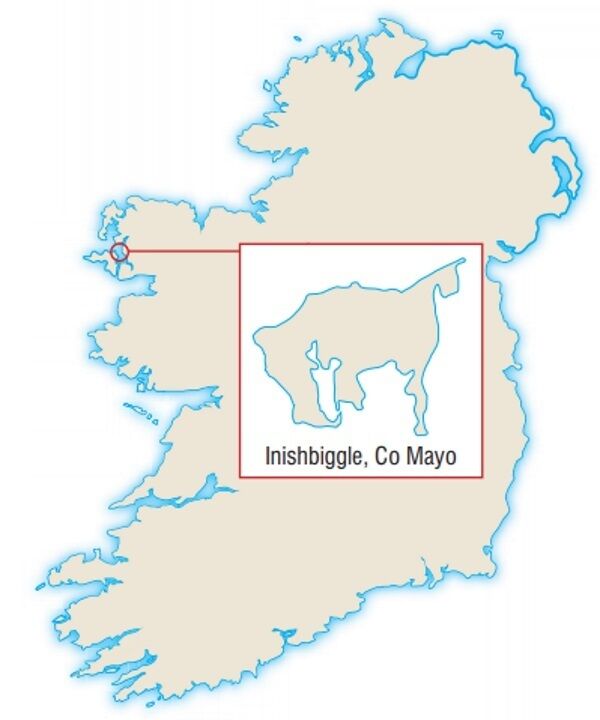
How to get there:
Island-based ferry Michael Leneghan: 087 126 9618; Bull’s Mouth, Achill; Joe O’Malley 086 061 2482
Other: www.ballycroynationalpark.ie, www.mulranny.ie; www.mayo-ireland.ie











